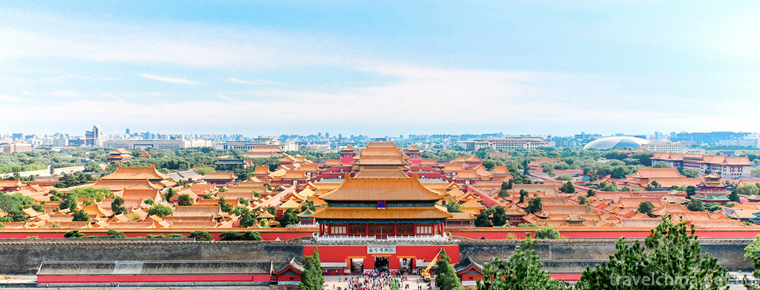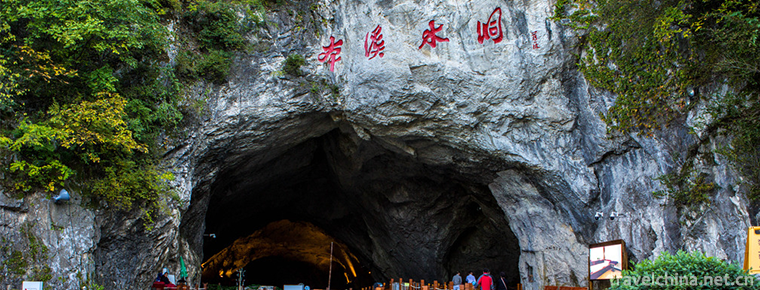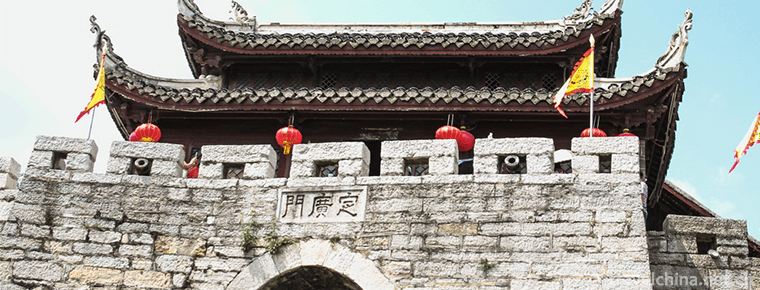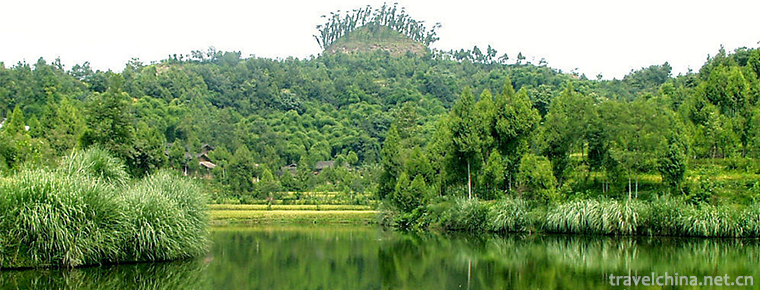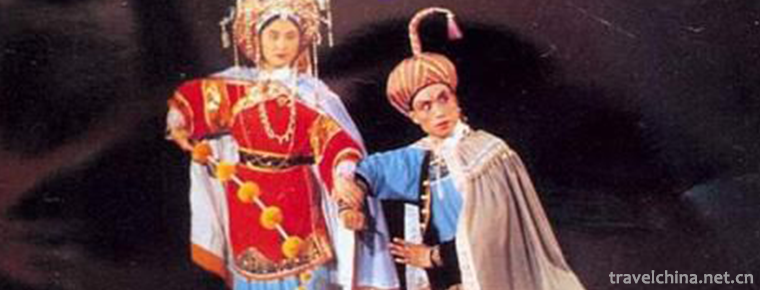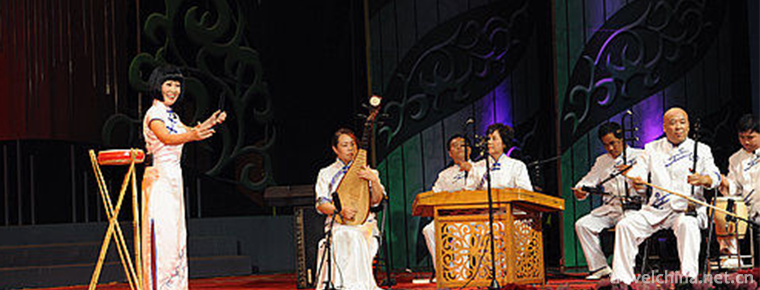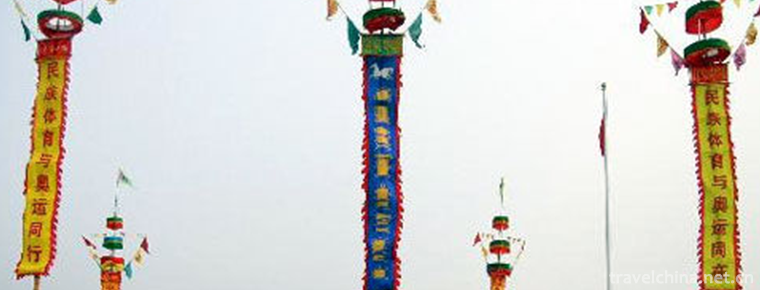south china botanical garden
The South China Botanical Garden of the Chinese Academy of Sciences, which belongs to the Chinese Academy of Sciences, is one of the most important botanical and ecological research institutions in China.
The South China Botanical Garden of the Chinese Academy of Sciences, formerly known as the Institute of Agriculture, Forestry and Botany of National Sun Yat-sen University, was founded in 1929 by academician Chen Huanyong, a famous botanist; it was renamed the South China Botanical Research Institute of the Chinese Academy of Sciences in 1954; it was renamed the South China Botanical Garden of the Chinese Academy of Sciences in October 2003; In 2008, the South China Botanical Garden of the Home AAAAAA class tourist attractions.
By the end of 2015, there were 402 employees in South China Botanical Garden of the Chinese Academy of Sciences, including 307 professional and technical personnel (61 senior and 79 vice senior). There are two provincial key laboratories, one provincial engineering and technology research center, one provincial resource bank, one appraisal center, three key laboratories of CAS, four garden-level research centers, and three field ecological observation and research stations. As of August 2015, the South China Botanical Garden Herbarium of the Chinese Academy of Sciences has more than 1 million specimens and 210,000 professional books and periodicals. According to the official website of Botanical Garden in January 2017, since 1979, 1059 postgraduates have been enrolled in South China Botanical Garden of the Chinese Academy of Sciences, including 383 doctoral students and 675 master students. In December 2017, it was selected as the first batch of practical education bases and camps for primary and secondary school students in China by the Ministry of Education.
Historical evolution
In the autumn of 1928, Chen Huanyong set up a plant research laboratory at National Sun Yat-sen University.
In 1929, it was expanded to the Institute of Botany, National Sun Yat-sen University. Later, because "the establishment of botanical research institute belongs to the cause of the Ministry of Research, in order to better meet the purpose of agricultural application, the name of Botanical Research Institute was later crowned"agriculture and forestry".
In June 1954, it was renamed the South China Institute of Botany, the Chinese Academy of Sciences.
In 1955, the Institute set up the Eco-Geophyte Plant Research Laboratory and opened plant physiology.
In 1956, Academician Chen Huanyong of the South China Institute of Botany of the Chinese Academy of Sciences and others established the South China Botanical Garden. In the same year, the Dinghu Mountain Arboretum (Dinghu Mountain National Nature Reserve) was also established, which pioneered the cause of natural reserves in China.
In 1959, the South China Institute of Botany, Chinese Academy of Sciences, established the Xiaoliang Tropical Plantation Ecosystem Positioning Research Station.
In 1962, the Institute set up an additional research laboratory of plant morphology and anatomy.
In 1973, the Institute set up a plant genetics laboratory.
In 1978, the Dinghushan Forest Ecosystem Location Research Station was built by South China Institute of Botany, Chinese Academy of Sciences.
In 1984, the Research Institute established the Heshan Hill Comprehensive Test Station in Heshan.
In 1986, the South China Botanical Research Institute of the Chinese Academy of Sciences and the Guangdong Environmental Protection Bureau jointly established the South China Rare and Endangered Plant Reproduction Center.
In the first half of 2002, China Academy of Sciences successfully entered the pilot sequence of the Knowledge Innovation Project. In December of the same year, the Chinese Academy of Sciences made a strategic adjustment of "two gardens and three gardens", abolishing the establishment system of South China Botanical Research Institute and changing it to that of South China Botanical Garden.
On October 16, 2003, the South China Botanical Research Institute of the Chinese Academy of Sciences was renamed the South China Botanical Garden of the Chinese Academy of Sciences.
In 2008, the South China Botanical Garden of the Chinese Academy of Sciences was awarded the National AAAA Tourist Scenic Spot by the National Tourism Administration.
In 2012, the South China Botanical Garden of the Chinese Academy of Sciences and the Ministry of Environmental Protection signed the agreement of "jointly building the Dinghushan National Nature Reserve in Guangdong Province".







-
The Imperial Palace
No. 4 Jingshan Hill front street, Dongcheng District, Beijing, China.
Views: 319 Time 2018-10-02 -
Benxi Water Tunnel Scenic Area
Benxi Water Cave, National AAAAA Class Tourist Scenic Spot, National Key Scenic Spot and Asian Member Unit of International Tourist Cave Association.
Views: 191 Time 2018-12-04 -
Huaxi Qingyan Ancient Town Scenic Area
Qingyan Ancient Town, one of the four ancient towns in Guizhou, is located in the southern suburb of Guiyang City. It was built in Hongwu ten years (1378) of Ming Dynasty and was formerly a military f.
Views: 214 Time 2018-12-12 -
Hometown of Zhu De
Zhude Hometown Scenic Spot: National AAAAA Tourist Scenic Spot, National Key Cultural Relics Protection Units, National Patriotic Education Demonstration Base, National Anti-corruption Education Base,.
Views: 267 Time 2018-12-12 -
Shanghai Chen Shan Botanical Garden
Shanghai Chenshan Botanical Garden is located at 3888 Chenhua Highway, Songjiang District, Shanghai. It was opened to the public on January 23, 2011. It was built by Shanghai Municipal Government in c.
Views: 147 Time 2018-12-19 -
East China Bailey Winery
East China Wine Manor is located in Jiulongpo, Nanlongkou, Laoshan, Qingdao. It is the first European Wine Manor in China built strictly according to the European Wine Manor Model.
Views: 164 Time 2018-12-26 -
Guizhou opera
Guizhou Opera is one of the local operas popular in Guizhou Province. It evolved and developed from the opera Yangqin (also known as "Wenqin", "Guizhou Playing Ci") .
Views: 150 Time 2019-06-10 -
Sanxianshu
Sanxianshu, also known as Qianzi Shu and Leg Blackboard Shu, is an ancient traditional rap art formed in Nanyang, Henan Province. It has a history of more than 250 years. It is named for its main acco.
Views: 116 Time 2019-06-12 -
Central Crossing of Flyover
Zhongbian is a local traditional folk acrobatics in Beijing. Beijing's overpass is a prosperous and lively civilian market with a long history, well-known at home and abroad. During the reign of Emper.
Views: 234 Time 2019-06-21 -
Hua Mulan Movie
Mulan is produced by Walt Disney Studios. Niki Caro Directing, Liu Yifei , Donnie Yen , Gong Li , Jet Li A live action movie starring. The file was released in North America in March 27, 2020. .
Views: 171 Time 2019-09-04 -
Deyang tertiary industry
In 2018, the annual real estate development investment in Deyang City was 14.98 billion yuan, an increase of 42.6% over the previous year. The construction area of commercial housing was 15.827 million square meters, an increase of 24.9%; the completed area.
Views: 344 Time 2020-12-14 -
Honorary title of Mianyang
National system to promote comprehensive innovation reform pilot area.
Views: 332 Time 2020-12-14
